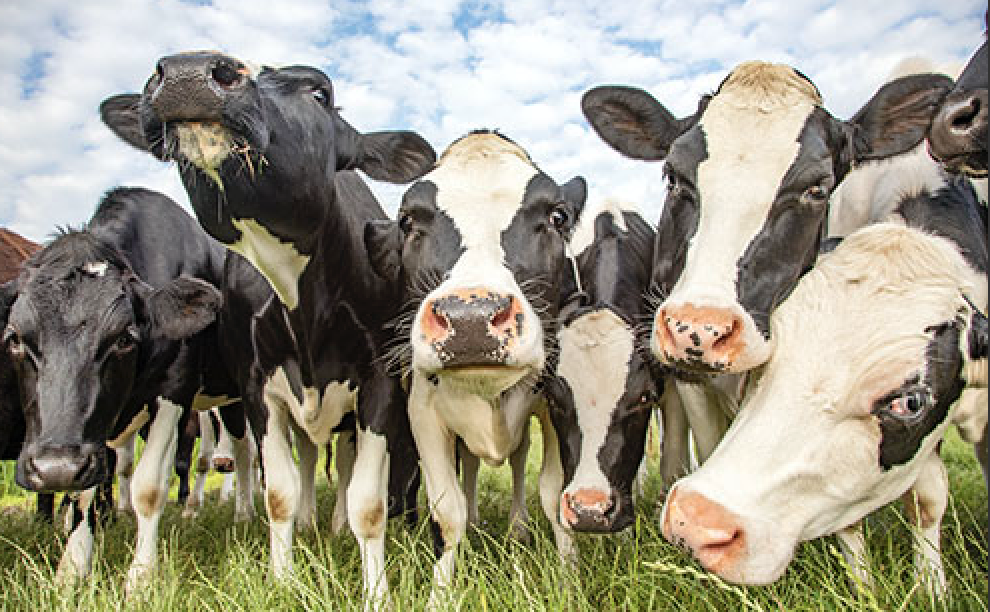Evaluating proper water supply for dairy cattle
Sep 14, 2021

Next to oxygen, water is probably the most important nutrient for dairy cattle. Research from the University of Illinois suggests water requirement of a high-producing dairy cow is greater than any other land-based creature due to milk being 87% water. Additionally, water is essential for maintenance of fluid & heat balancing, circulation of nutrients & excretion of urine, feces, and respiration. This adds up to as much as 80% total body water for the lactating cow. Intense care is logically given to specific nutrients in the ration, but provision of clean, free-choice drinking water receives considerably less respect.
For every gallon of milk produced, four (4) gallons of water are required. A gallon of water weighs approximately 8.3 lbs. while a gallon of milk weighs approximately 8.6 lbs. Thus, as a rule of thumb, if a cow is producing 80 lbs. of milk, she will require approximately 37 gallons of water and an additional 20% during summer heat.
During times of low milk prices, many rations will be cut to reduce feed costs. While scrutiny of rations should always be practiced, milk price will still be above feed costs. Now is the time to ensure proper water intake and availability. Water generally will always be the lowest cost nutrient. Use the information below as a guide in evaluating proper water supply:
For more information visit or call your local Co-op!
For every gallon of milk produced, four (4) gallons of water are required. A gallon of water weighs approximately 8.3 lbs. while a gallon of milk weighs approximately 8.6 lbs. Thus, as a rule of thumb, if a cow is producing 80 lbs. of milk, she will require approximately 37 gallons of water and an additional 20% during summer heat.
During times of low milk prices, many rations will be cut to reduce feed costs. While scrutiny of rations should always be practiced, milk price will still be above feed costs. Now is the time to ensure proper water intake and availability. Water generally will always be the lowest cost nutrient. Use the information below as a guide in evaluating proper water supply:
- Provide no less than one foot of linear trough space per cow in return alleys/ breezeways off of milk parlor. It is normal and typical for cows to drink volumes of water immediately after milking. Penn State University suggests enough water trough space to allow half of cows in parlor to be provided with two feet of linear trough space per cow upon exit of the parlor. This would mean if the parlor is a double-10, approximately 20 ft. of linear trough space.
- It is superior to provide 2 water sources per group where cows are housed. Cows shouldn’t need to walk more than 50 ft. for water. Also, water should be in close proximity to feed bunk and should be protected from sunlight.
- Providing open space around water is important. Crossover alleys in free-stall barns should allow a minimum width of 13 - 14 ft. to allow one foot for the width of the water trough and allow about 5 ft. for other cows to pass behind cows that are drinking.
- Head clearance around water source should be no less than 2 ft. on every side — less may reduce optimal water consumption.
- Understand the filling capacity of watering source. Cows should never have to wait for water.
- Water MUST be clean. Water sources should be routinely cleaned (daily or weekly). Dirty water is unacceptable.
For more information visit or call your local Co-op!